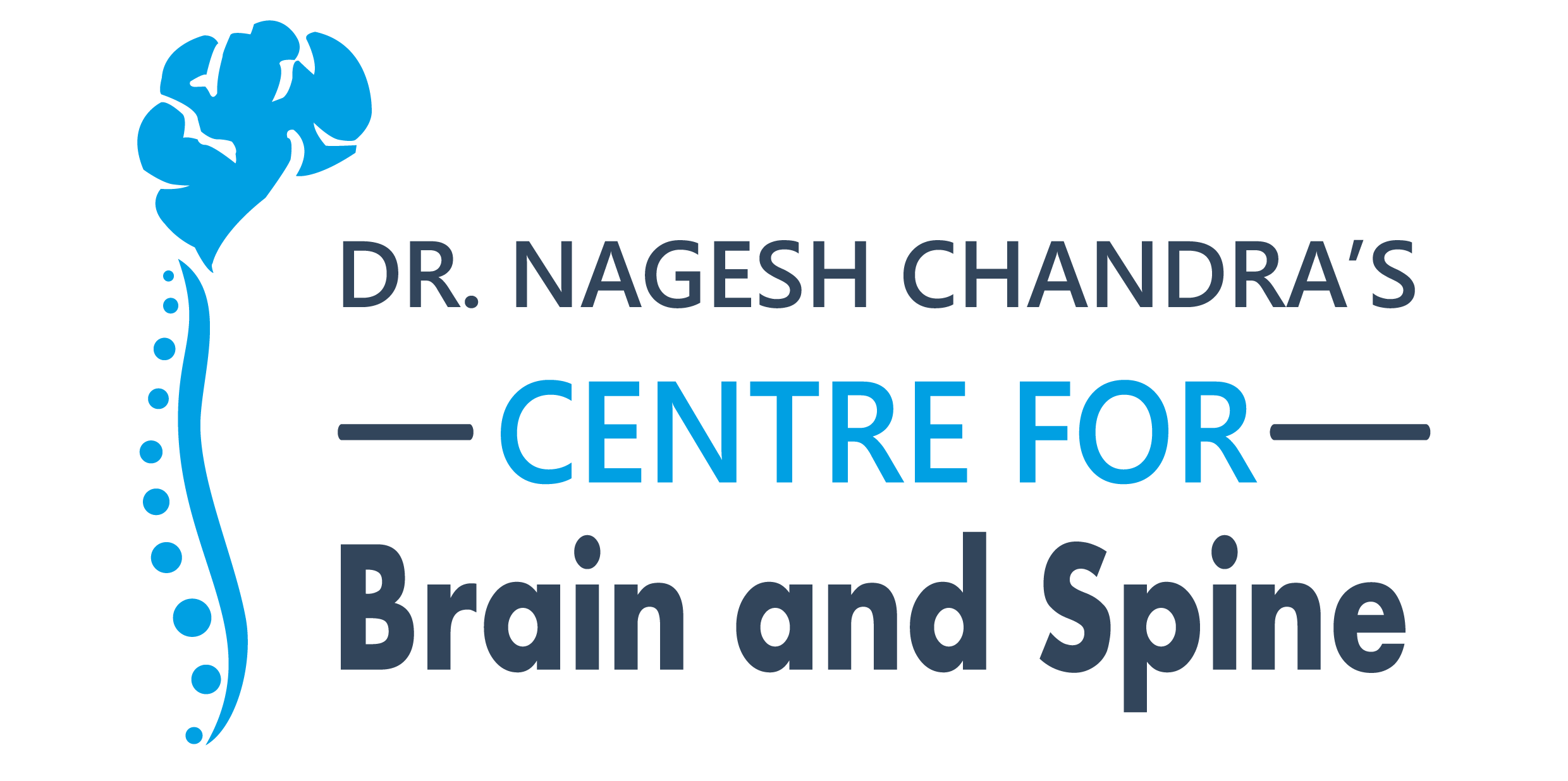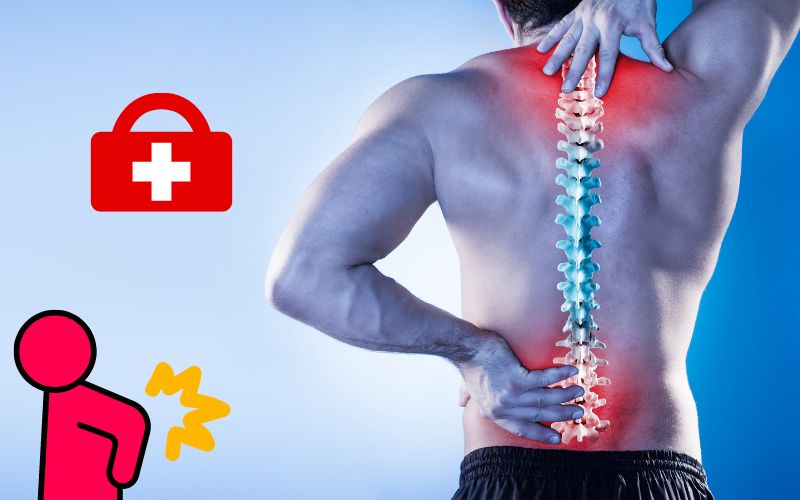Do you ever feel acute or persistent pain in one side of your back? Lower back pain is one of the most prominent problems that people face. There are several instances where a person feels sharp pain in one side of the back. One side back pain is uncomfortable and restricts a person’s ability to carry out day-to-day activities. Let us learn from the spine doctor in Delhi, symptoms, possible causes and treatments that cause lower or one-sided back pain.
Symptoms of One Side Back Pain
Apart from acute pain, a person might feel symptoms the following symptoms:
- Muscle stiffness or tenderness
- Problem with moving or bending
- Swelling, numbness or tingling effect in the affected area.
- Loss of appetite
- Fatigue or weight loss
- If you are facing bladder problems, you must look for a back pain doctor near me and visit them as it might lead to other issues.
Causes of Lower Back Pain
Lower back pain or one-sided back pain can occur mostly because of bad posture or some previous injury or trauma.
The reasons of lower back pain are as follows :
Strains and Sprains
One of the most common causes of back pain is heavy lifting, twisting or jerking the body in the wrong position, or overstretching. It can cause mild pain initially, but if proper measures are not taken, the pain may radiate into the buttocks.
Spinal Stenosis
The other major cause of one-sided back pain is spinal stenosis. It is a medical condition in which the spinal canal becomes narrow and compressed which stores the spinal cord. The symptoms include irritation or numbness in the lower back or the pain that radiates from the spinal cord to the lower back.
Herniated Discs
Herniated Disc is a condition when the spinal disc pushes out through the outer layer, causing a rupture and compressing the surrounding nerves. It causes sharp pain in the lower back that is followed by tingling, numbness or weakness. It is generally cured by physical therapy or medication.
Appendicitis
Appendicitis is a medical disorder where the appendix becomes swollen because of infection or blockage. This disorder can also be associated with one-sided lower back pain. The pain usually starts from the belly button and ends in the buttocks. This is often followed by loss of appetite, constipation, and vomiting.
Kidney Infection
Kidney infection is one of the causes that causes pain in the side back or lower back. This usually occurs because of the bacterial or viral infections that affect the kidney. It often leads to chronic kidney disease or kidney failure if the infections are not treated. The treatment typically involves physical therapy and antibiotics.
Arthritis
One of the most common causes of prominent lower back pain is osteoarthritis. It results in muscle strain, stiffness, inflammation and numbness. If left untreated, it results in chronic back pain which restricts a person’s ability to carry day to day tasks.
Facet Joint Damage
Facet Joints are useful in keeping the vertebrae together and stable. If these joints are damaged or injured, they can cause stiffness and typical pain in your back that starts from your neck region and moves to the lower back. It leads to swelling and discomfort and can be treated by taking anti-inflammatory medications.
Menstrual Pain
Dysmenorrhea is a pain that is caused during the menstrual cycle. It leads to severe cramps, lower back pain, and abdomen. Sometimes, the pain radiates from the lower back to the legs. The pain can be cured by using heating pads or taking pain relievers.
Pelvic Inflammatory Disease (PID)
This is a medical condition that occurs because of sexually transmitted diseases that spread to the uterus, fallopian tubes, and ovaries. The PID can also lead to lower abdomen and back pain, which often leads to restricted movements.
Treatment of Lower Back Pain
The treatments to cure lower back pain are as follows:
- Applying heat packs or ice packs to the affected areas can help heal the pain, reduce swelling, and improve muscle strains.
- Physical therapy helps to strengthen your muscles in order to support the spine and provides flexibility. It helps to improve mobility.
- If the pain persists, you can take non-steroidal anti-inflammatory drugs (NSAIDs) that provide relief from the inflammation and muscle strains.
- In case of severe pain, lumbar epidural steroid injections are given to manage the chronic back pain.
- If the pain continues and medication does not work, spine surgery can be the last option to treat the lower back pain. Some of the surgery options include Spinal Fusion, Artificial Disc Replacement, Discectomy, etc.
Risk of Lower Back Pain
The risk factors that might lead to lower back pain are as follows:
- People above the age of 30 often suffer from lower back pain due to degeneration or wear and tear of the vertebrae discs.
- Individuals who are suffering from obesity are more susceptible to having one-sided back pain because excess weight puts pressure on the joints and muscles.
- Lower back pain is common in athletes or people whose occupation requires heavy lifting or frequent bending.
- Poor lifestyle with no physical activity, smoking and drinking can also cause back pain problems.
Suffering from lower back pain can be overwhelming. It might restrict your ability to perform simple daily activities. Hence, proper care is required as soon as possible. You can visit or consult the Center for Brain and Spine, as they have some of the best experienced back pain doctor in Delhi.

